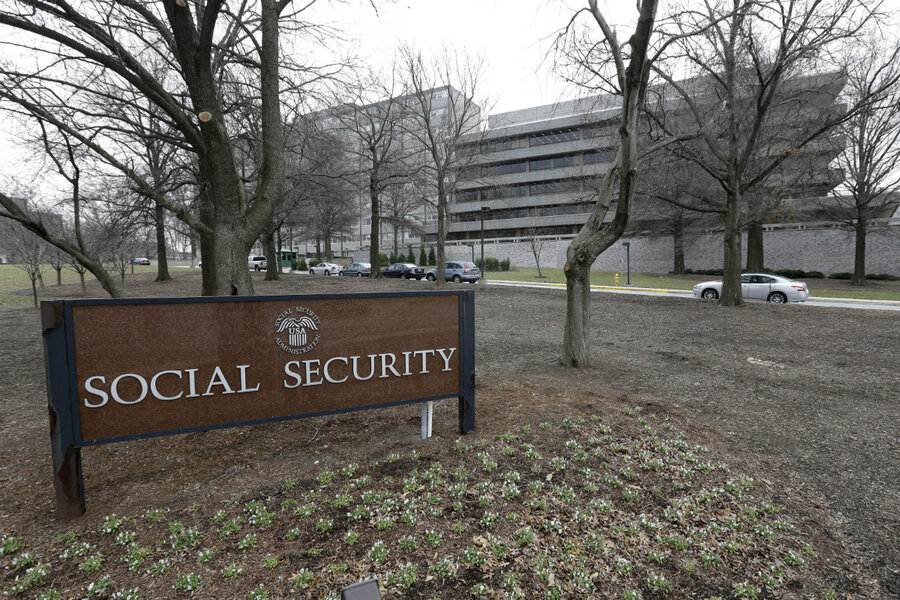Social Security benefits set for modest increase
Loading...
| Washington
Millions of Social Security recipients and other retirees can expect another small increase in benefits next year.
Preliminary figures suggest that the annual increase will be around 2 percent, which would mean an extra $25 a month for the average beneficiary.
The Social Security Administration is scheduled to announce the cost-of-living adjustment (COLA) Friday morning. The annual increase hasn't topped 2 percent since 2012.
The COLA affects benefits for more than 70 million United States residents, including Social Security recipients, disabled veterans and federal retirees – about 1 in 5 Americans. The average monthly Social Security payment is $1,258, or about $15,000 a year.
By law, COLA is based on a broad measure of consumer prices generated by the Bureau of Labor Statistics. Advocates for seniors claim the inflation index doesn't accurately capture rising prices faced by seniors, especially for health care.
"It's squeezing them. It's causing them to dip into savings more quickly," said Mary Johnson of The Senior Citizens League. "The lifetime income that they were counting on just isn't there."
Some conservatives argue that the inflation index is too generous because when prices go up, people change their buying habits and buy cheaper alternatives.
Consumer prices went up only slightly in the past year despite a recent spike in gasoline prices after hurricanes slowed oil production in the Gulf Coast, said Max Gulker, senior research fellow at the American Institute for Economic Research.
Mr. Gulker projects the COLA will be between 1.7 percent and 2.1 percent.
"For the most part, there was a decline in energy prices for a lot of the year," Gulker said. "But at the end of the year we saw that uptick in gas from the hurricanes."
Congress enacted automatic annual increases for Social Security in 1975. Presidents often get blamed when increases are small or zero, but President Trump has no power to boost the increase, unless he persuades Congress to change the law.
In 2009, former President Barack Obama persuaded Congress to approve one-time payments of $250 to Social Security recipients as part an economic stimulus package.
Over the past eight years, the COLA has averaged just above 1 percent. In the previous decade, it averaged 3 percent.
Ms. Johnson noted that multiple years of small or no COLA's reduces the income of retirees for the rest of their lives.
"Think about the length of a retirement period. Eight years is about a third of a [healthy] retirement," Johnson said.
The COLA is based on the Consumer Price Index for Urban Wage Earners and Clerical Workers, or CPI-W, a broad measure of consumer prices. It measures price changes for food, housing, clothing, transportation, energy, medical care, recreation, and education.
The August report says energy prices are up 6.5 percent from the previous year, while the cost of medical care is up just 1.7 percent. The cost of food is up 1.1 percent.
The COLA is calculated using the average CPI-W for July, August, and September, and comparing it to the same three months from the previous year.
The numbers for July and August suggest a COLA of 1.7 percent. The numbers for September are to be released Friday.
This story was reported by The Associated Press.







